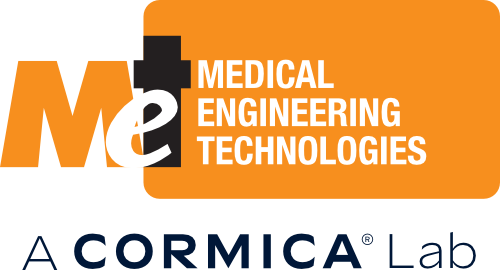ISO19227 Orthopaedic Implant Cleaning
ISO 19227 Implants for Surgery--Cleanliness of Orthopaedic Implants--General Requirements – was published early in 2018. It is a new standard issued with the intention of reducing diversity in the application of test methods and acceptance criteria for assessing residual materials left on the surface of the implants at the end of processing.
The new standard, ISO 19227:2018, applies the risk-based approach to help define an effective cleaning process. Medical devices must be free of manufacturing residuals, which are at least partially defined now. They include physical, chemical, and microbiological contamination.
Risk assessments for the manufacturing and cleaning processes should include each operation, materials used, validation, the implant characteristics, and the expected device performance. This can be then used to define sample sizes and sampling frequency as well as the required tests. Once results are available, toxicological risk analysis can be applied to satisfy the bio compatibility end points defined in ISO 10993-1.
Possible analyses include:
Total hydrocarbons, THC
Total organic carbon, TOC analysis
Elemental impurities, metals according to by ICH Q3D or 10993-17
Particulate contaminants, visual / microscopic
Bioburden
Bacterial endotoxin
Cytotoxicity
Analytical methods must be validated for each implant. They should be applied during design and process validation, but also, periodically, during lot production.
